- Size
- Smallest
- Small
- Small to Medium
- Medium
- Large
- Giant
- Characteristics
- Smartest
- Hypoallergenic
- Fluffy
- Best Guard
- Best Family
- Best for Kids
- Low Shedding
- Healthiest
- Police Dogs
- Most Calm
- Quietest
- Color
- White
- Black
- Grey
- Brown
- Blue
- Red
- Coat
- Hairless
- Short
- Long
- Origin
- Japan
- China
- Australia
- Germany
- Italy
- United States
- France
- Group
- Hound
- Terrier
- Herding
- Toy
- Working
- Sporting
Exploring The 7 Most Common Owl Species
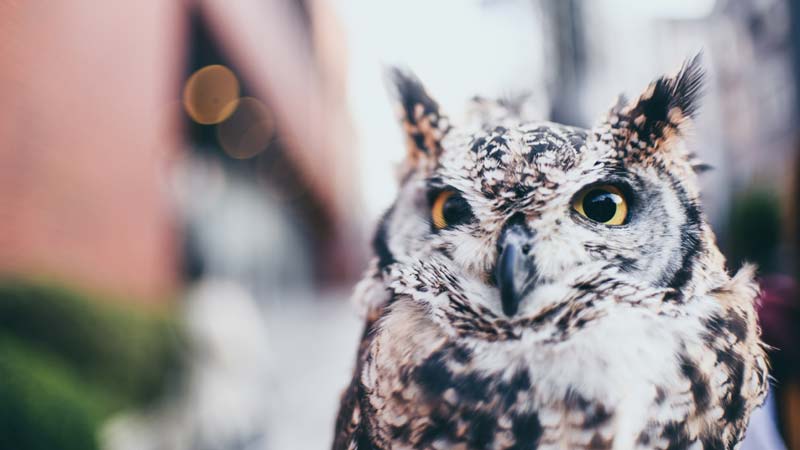
Photo by Emile Guillemot on Unsplash
Owls, with their silent flight, haunting calls, and captivating gaze, have long fascinated and intrigued humans. These enigmatic creatures are found on nearly every continent, adapted to diverse habitats and environments. Among the multitude of owl species that grace our planet, several stand out as the most common and widespread, each with its unique characteristics and adaptations.
From the haunting calls of the Barn Owl to the Arctic adaptations of the Snowy Owl, each species offers a glimpse into the captivating world of these nocturnal predators, underscoring their importance and diversity in the avian kingdom.
Here are the most common and widespread owl species:
- 1. Barn Owl
- 2. Great Horned Owl
- 3. Eastern Screech-Owl
- 4. Northern Saw-whet Owl
- 5. Snowy Owl
- 6. Burrowing Owl
- 7. Tawny Owl
1Barn Owl (Tyto alba)
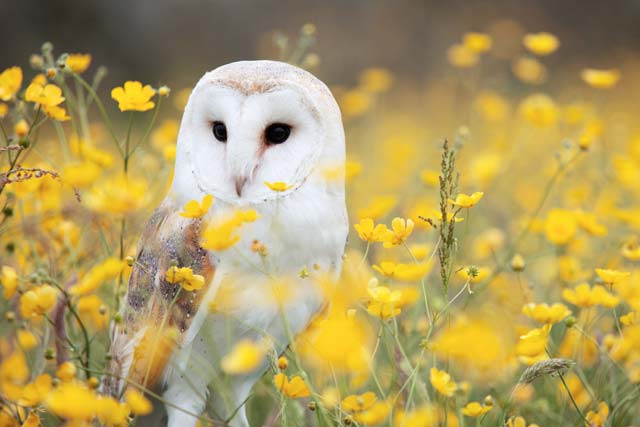
Photo by Andy Chilton on Unsplash
Mass: 0.95 – 1.4 lbs
The Barn Owl is one of the most widespread owl species, found on every continent except Antarctica. Known for its heart-shaped facial disc, the Barn Owl boasts exceptional hearing and silent flight, enabling it to hunt small rodents in near darkness. Its pale, ghostly appearance and screeching calls make it a distinctive and often haunting presence in rural areas.
2Great Horned Owl (Bubo virginianus)

Photo by May Finch on Unsplash
Mass: 3.2 lbs
The Great Horned Owl, characterized by its prominent ear tufts resembling horns and piercing yellow eyes, is a formidable predator found throughout the Americas. With a diverse diet that includes small mammals, birds, and even skunks, these adaptable owls thrive in various habitats, from forests to urban areas. Their deep hooting calls echo through the night, marking their territories.
3Eastern Screech-Owl (Megascops asio)
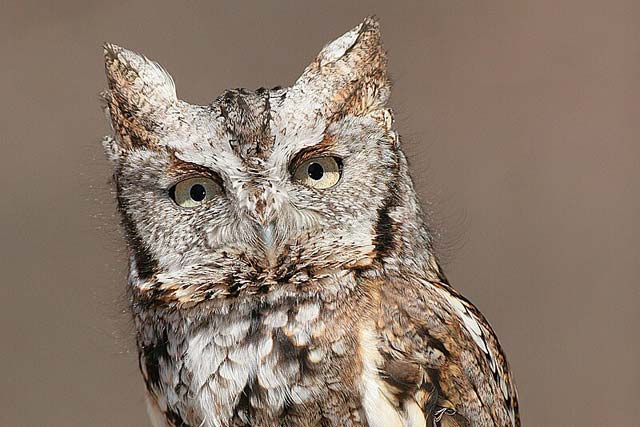
Photo by Wolfgang Wander on Wikipedia
Mass: 5.8 oz (Adult)
The Eastern Screech-Owl, known for its small size and distinctive ear tufts, inhabits woodlands and suburban areas across eastern North America. Despite its name, its calls range from soft whinnies to haunting trills rather than true screeches. These owls exhibit remarkable camouflage, blending seamlessly with tree bark, and primarily feed on insects, small mammals, and birds.
4Northern Saw-whet Owl (Aegolius acadicus)
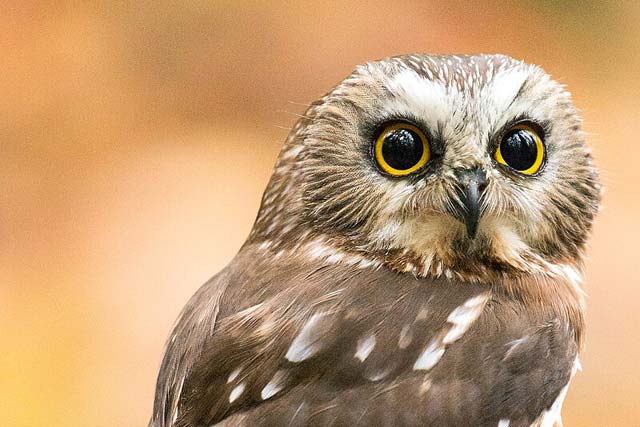
Photo by Peter K Burian on Wikipedia
Mass: 3.6 oz
The Northern Saw-whet Owl, named for its unique call resembling the sound of a saw being sharpened, is a small owl found across North America. Despite its widespread range, it's often elusive due to its nocturnal habits and excellent camouflage. These owls primarily hunt small rodents and songbirds, using their sharp talons and silent flight to surprise their prey.
5Snowy Owl (Bubo scandiacus)
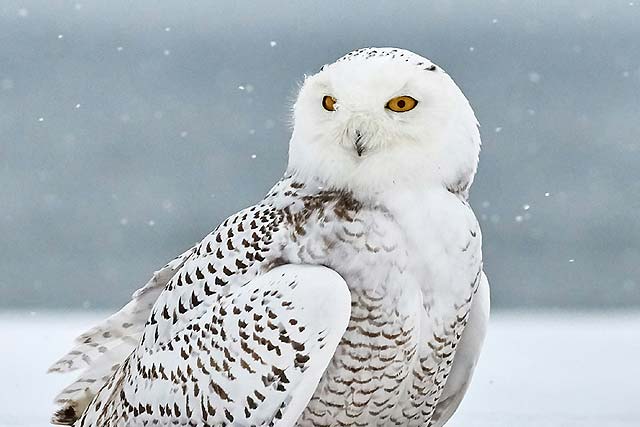
Photo by Jongsun Lee on Unsplash
Mass: 4.5 lbs
The Snowy Owl, famously portrayed in literature and popularized by its appearance in the Harry Potter series, inhabits Arctic tundra regions across North America, Europe, and Asia. Known for its striking white plumage and piercing yellow eyes, these owls are highly adapted to cold climates and primarily hunt small mammals, such as lemmings, in their harsh, snowy habitats.
Average Flight Speed: The Snowy Owl is considered one of the swifter-flying owls among its counterparts. It's been observed flying at speeds estimated to reach up to 50 miles per hour (80 kilometers per hour).
6Burrowing Owl (Athene cunicularia)
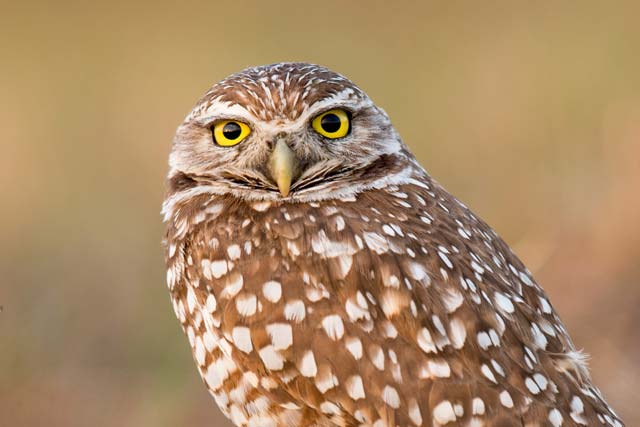
Photo by Ray Hennessy on Unsplash
Mass: 5.3 oz (Adult)
The Burrowing Owl, unlike many owl species, lives underground in burrows rather than trees. Found in open habitats across North and South America, these owls are characterized by their long legs and distinctive facial markings. They primarily feed on insects, small mammals, and occasionally reptiles, utilizing their keen eyesight and exceptional hearing.
7Tawny Owl (Strix aluco)
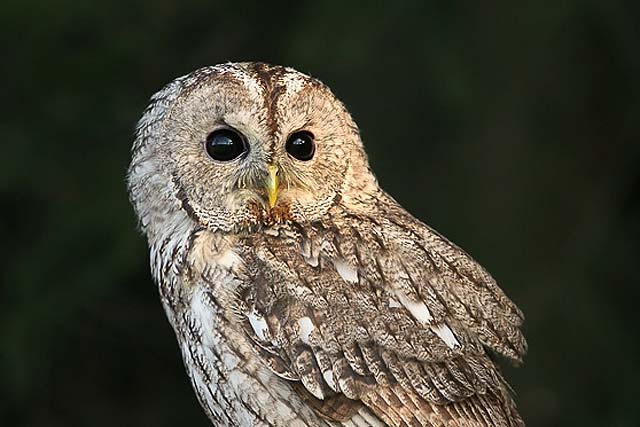
Photo by Martin Mecnarowski on Wikipedia
Mass: 0.85 – 1.8 lbs (Adult)
The Tawny Owl, widespread across Europe and Asia, is known for its rounded appearance, reddish-brown plumage, and haunting hoots. Often associated with folklore and mythology, these owls inhabit forests and woodlands, preying on small mammals and birds. Their adaptability to urban environments has allowed them to thrive in proximity to human settlements.
Conclusion: Conservation Challenges
While these owl species are among the most common and widespread, many face conservation challenges due to habitat loss, climate change, and human interference. The preservation of their natural habitats, protection from illegal wildlife trade, and awareness about their importance in ecosystems are crucial for their survival.
You May Also Like
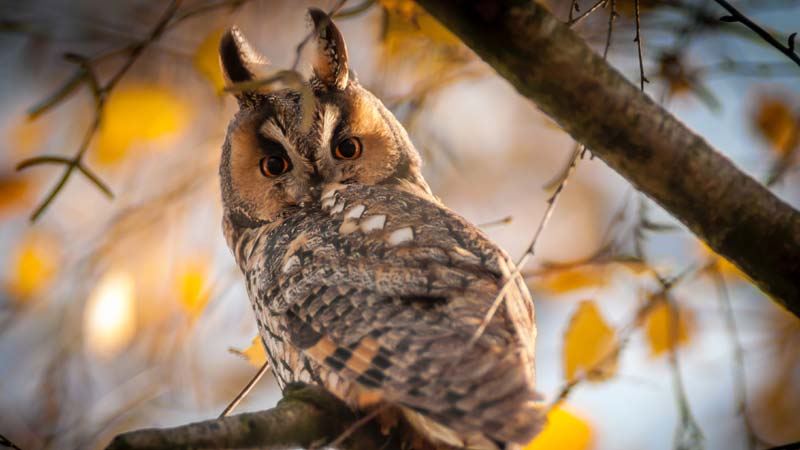 Other TopicsOwning Owls as Pets in Canada: Legalities and Considerations
Other TopicsOwning Owls as Pets in Canada: Legalities and Considerations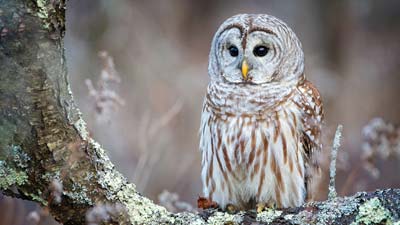 Other TopicsWhy Owls Are Not Suitable Pets: The Interplay of Law and Ethics
Other TopicsWhy Owls Are Not Suitable Pets: The Interplay of Law and Ethics Other Pets, Pet Birds8 Easy-to-Care-for Pet Bird Species for Beginners
Other Pets, Pet Birds8 Easy-to-Care-for Pet Bird Species for Beginners Other Pets, Pet BirdsThe Pionus Parrot: A New Owner's Guide (What To Know)
Other Pets, Pet BirdsThe Pionus Parrot: A New Owner's Guide (What To Know)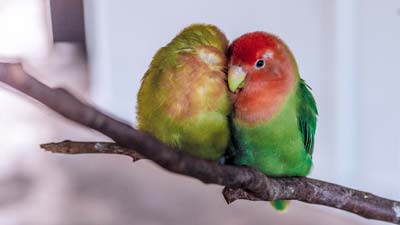 Other Pets, Pet BirdsThe Lovebird: A New Owner's Guide (What To Know)
Other Pets, Pet BirdsThe Lovebird: A New Owner's Guide (What To Know)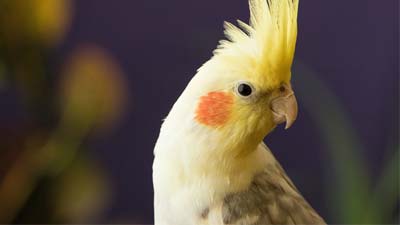 Other Pets, Pet BirdsThe Cockatiel: A New Owner's Guide (What To Know)
Other Pets, Pet BirdsThe Cockatiel: A New Owner's Guide (What To Know)